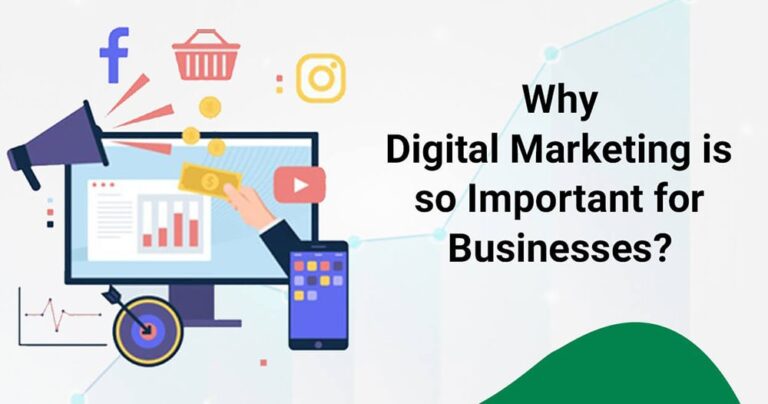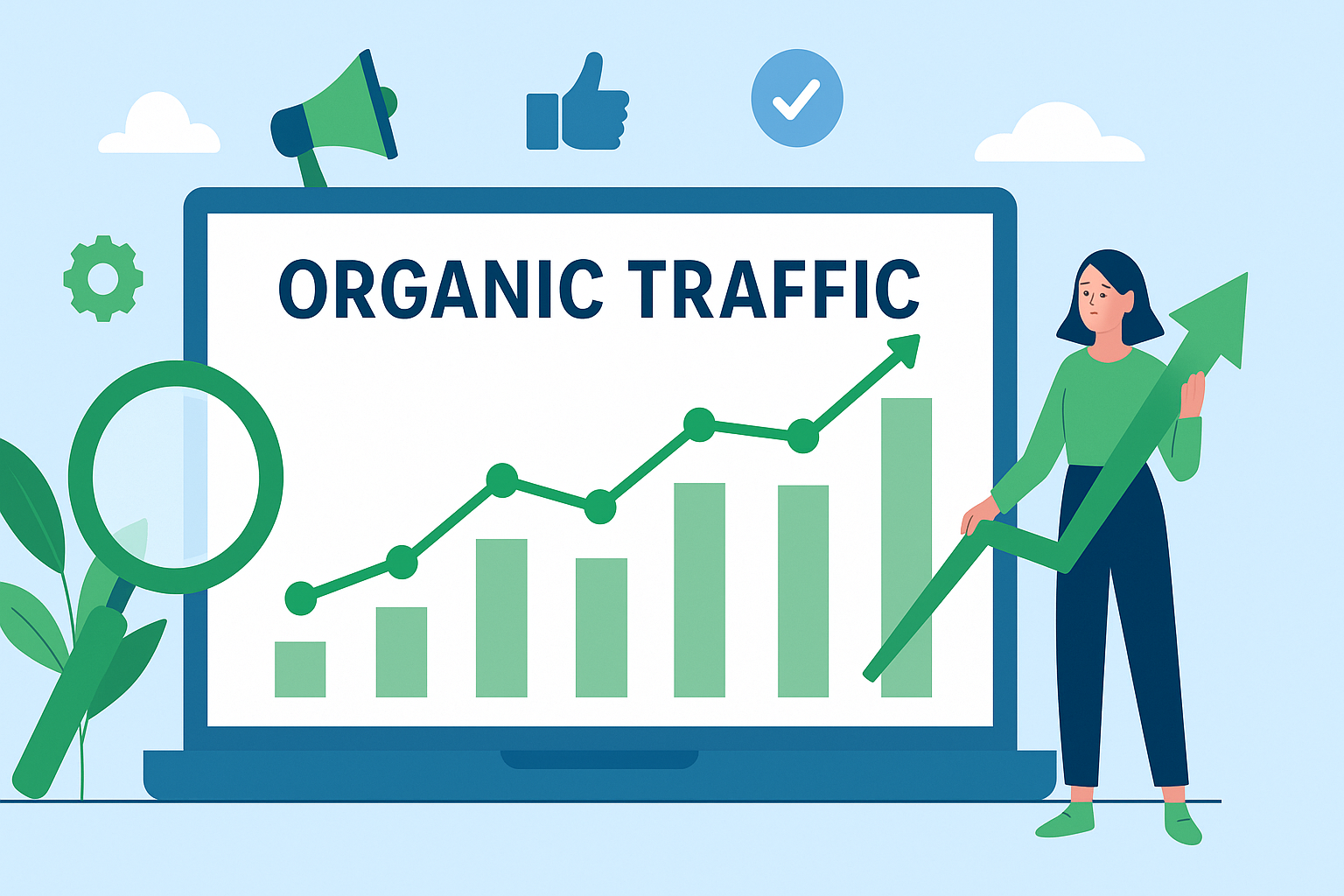Digital marketing can feel overwhelming, especially for small businesses with limited resources. But with the right plan, even a small brand can achieve big results online. Whether you’re just getting started or want to improve your online presence, this step-by-step digital marketing checklist will help you set up, manage, and grow your digital footprint effectively. Let’s dive into the essentials.
1. Set Your Goals & Budget
Before diving into digital marketing tactics, it’s essential to have clear goals and a defined budget. Without this foundation, you may end up wasting time and resources on ineffective strategies.
Importance :
Clear goals give you direction and focus, while a budget ensures your plans are realistic. They help you prioritize marketing channels, tools, and campaigns that align with your business objectives.
What to do:
- Use SMART goals (Specific, Measurable, Achievable, Relevant, Time-bound)
- Determine monthly/quarterly ad spend, software expenses, and content production costs
- Define success metrics (traffic, leads, sales, followers)
2. Understand Your Audience
Marketing without knowing your audience is like throwing darts in the dark and there is no reason to work on other points mentioned in this Digital Marketing Checklist. When you understand who your ideal customer is, you can tailor your messaging, design, and offers to truly resonate.
Importance :
Your audience determines what kind of content to create, which platforms to use, and how to market effectively. A deep understanding builds trust and increases conversion rates.
What to do:
- Build detailed customer personas
- Identify their pain points, interests, habits, and preferred platforms
- Use tools like Google Analytics, Meta Audience Insights, and competitor research
3. Build or Optimize Your Website

Your website is the digital home of your business. Whether you’re selling products or offering services, your site must be fast, responsive, and easy to navigate.
Importance :
A professional website builds credibility and trust. It’s often your customer’s first impression of your brand and a place where they make key decisions—like purchases or bookings.
What to do:
- Make sure it’s mobile-friendly
- Improve page speed and user experience
- Add strong CTAs, clear messaging, and contact info
- Set up a blog section for SEO and engagement
4. Set Up Basic SEO
Search Engine Optimization (SEO) helps your website appear in search results when people look for what you offer. It’s a long-term strategy that delivers organic traffic without ad spend.
Importance :
Good SEO can bring in consistent leads without relying on paid traffic. Being visible on Google builds credibility and increases your chances of getting clicks over competitors.
What to do:
- Use keyword tools like Ubersuggest, Ahrefs Free Tools
- Optimize meta titles, descriptions, headings, and alt text
- Submit your site to Google Search Console
- Write blogs targeting relevant search queries
As there are good practices, there are few mistakes that can also break your business visibility on Google and other search engines. Make sure you also read about Google SEO Penalties to protect your website ranking.
5. Local SEO Essentials
If you run a location-based business, local SEO is a must. It ensures people in your area can find your business when they search on Google Maps or use local search terms.
Importance :
People often look for local services like “salon near me” or “pizza in [city]”. Local SEO helps you appear in these results, especially on Google Maps and mobile searches.
What to do:
- Create and verify your Google Business Profile
- Use consistent NAP (Name, Address, Phone) on all platforms
- Get reviews and respond to them
- Add your business to local directories
6. Create & Maintain Social Media Presence
Social media allows you to connect with your audience, showcase your brand, and drive traffic back to your website. It’s also a space to build community and share valuable content. This is one of the easiest points in digital marketing checklist.
Importance :
People often check your social presence before deciding to trust you. A well-managed account builds authority, boosts engagement, and increases awareness.
What to do:
- Pick the right platforms (Facebook, Instagram, LinkedIn, etc.)
- Post consistently using a content calendar
- Use stories, reels, and carousels to keep your feed dynamic
- Maintain visual and messaging consistency
7. Create a Content Marketing Plan
Content marketing educates, engages, and earns the trust of your audience. It includes blog posts, videos, social media posts, and more—all designed to help your audience before selling to them.
Importance :
Good content builds your authority, improves SEO, and creates value that brings people back to your brand. It’s a long-term investment with compounding returns.
What to do:
- Start with a blog on your website
- Break down blog posts into reels, graphics, or tweets
- Plan topics around FAQs, customer pain points, and trending topics
- Focus on evergreen content that stays relevant
8. Email Marketing Setup

Email remains one of the highest-converting marketing tools. It gives you direct access to your audience without relying on social algorithms.
Importance :
It’s a low-cost, high-return channel that helps you nurture leads, increase repeat purchases, and build loyalty.
What to do:
- Create lead magnets (freebies, discounts) to build your list
- Use platforms like Mailchimp or ConvertKit
- Set up automated sequences (Welcome, Offers, Cart Abandonment)
- Segment your list based on user actions and interests
9. Run Ads Strategically
Paid ads offer a way to quickly reach a broader audience or test offers. When done right, they deliver instant results and valuable data.
Importance :
You can fast-track visibility, collect leads, and increase conversions when organic reach takes time. Ads are perfect for promoting time-sensitive offers or reaching a new audience.
What to do:
- Start with small budgets and define clear objectives
- Use Meta Ads (for Instagram/Facebook) or Google Ads
- Test multiple creatives (images, headlines, CTA buttons)
- Monitor performance using ROAS and conversion metrics
10. Track, Analyze & Improve
No strategy is complete without measurement. Analyzing data helps you understand what’s working, what’s not, and where to invest next.
Importance :
Tracking keeps you from guessing and helps you make decisions based on performance. It’s how you evolve from a good strategy to a great one.
What to do:
- Use Google Analytics and Search Console
- Track traffic, bounce rate, and conversions
- Check email open rates, ad click-throughs, and social engagement
- Adjust based on real-time performance insights
Final Thoughts
Digital marketing is no longer optional – it’s essential for any small business that wants to stay competitive. By following this digital marketing checklist, you’ll build a strong digital foundation that supports long-term growth. Start small, stay consistent, and track everything. Remember, success comes from strategy, not just presence.









